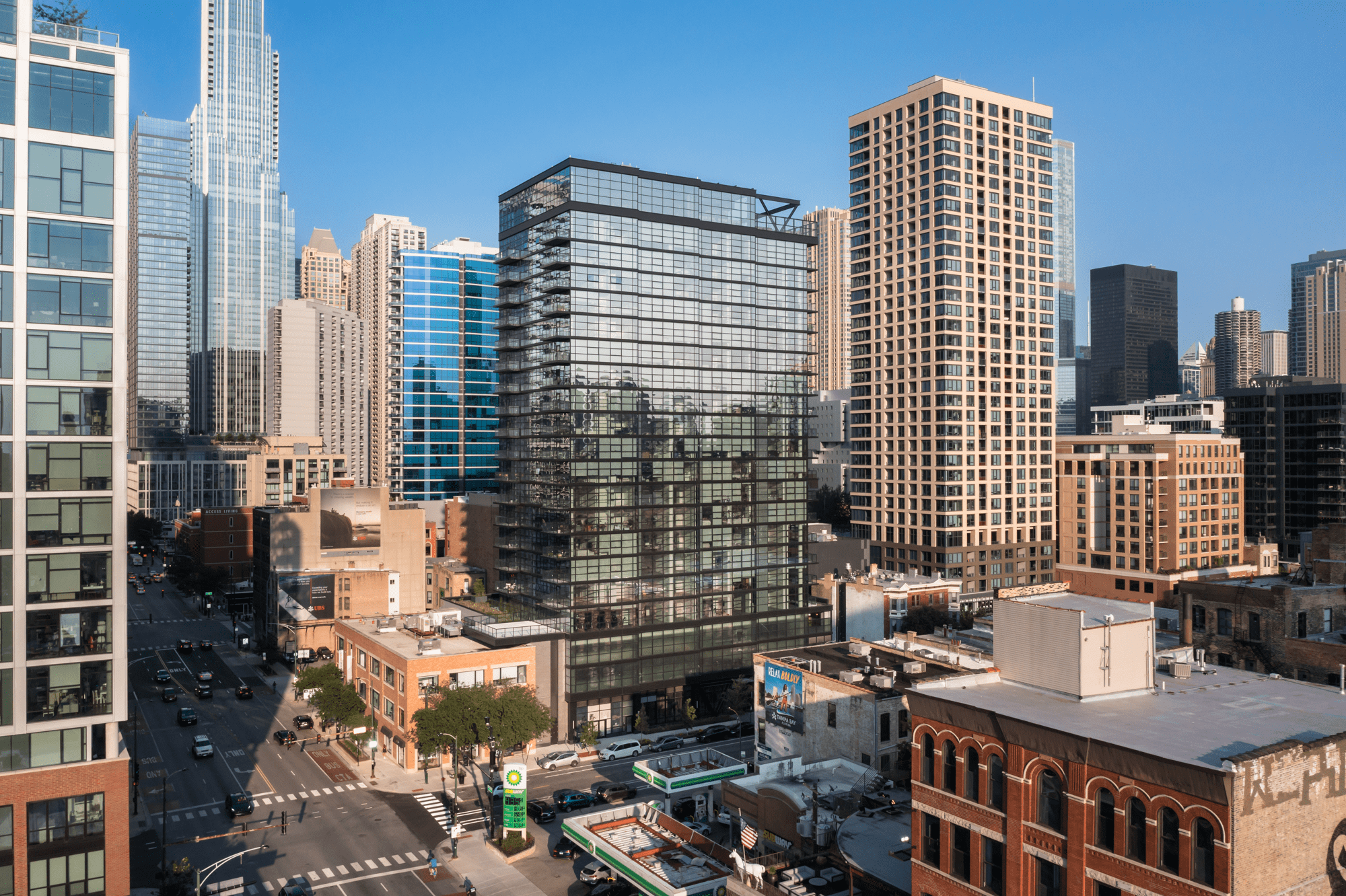
Location is the most important thing in the ever-changing world of real estate. And for those seeking a blend of convenience, stability, and strong investment potential, owning an apartment in a medical center district is increasingly proving to be a highly strategic decision. Far from being merely a place to live, these properties offer a unique set of advantages, catering to diverse demographic and promising significant long-term benefits.
Unparalleled Convenience and Accessibility
One of the most immediate and undeniable benefits of owning a med center apartments is the sheer convenience it offers. This is true for a lot of people and families:
For Healthcare Professionals: For doctors, nurses, technicians, and administrative staff, the daily commute can be a significant drain on time and energy. Living just minutes, or even steps, away from the workplace dramatically reduces commute times, allowing for more rest, personal time, and flexibility. This is particularly crucial for those working demanding shifts, on-call schedules, or needing to respond to emergencies. The ability to walk or take a short drive to work can significantly improve work-life balance and overall well-being.
For Patients and Their Families: Individuals requiring frequent medical attention, those with chronic conditions, or families supporting a loved one undergoing treatment benefit immensely from proximity to healthcare facilities. For families of hospitalized patients, a nearby apartment offers a comfortable and private “home away from home,” allowing them to be readily available for support without the added burden of long commutes or expensive hotel stays.
For Seniors and Those with Mobility Challenges: As the population ages, the demand for accessible healthcare becomes more critical. Living near a medical center provides peace of mind, ensuring that medical assistance is readily available when needed. Many medical districts also have enhanced infrastructure, including accessible pathways and public transportation, further aiding mobility.
Strong Investment Potential and Market Resilience
Beyond the lifestyle benefits, owning an apartment in a medical center district often translates into a robust and resilient investment.
Consistent Demand for Rentals: Medical districts are natural magnets for a steady stream of tenants. Healthcare professionals relocating for new jobs, medical students and residents, temporary contract workers, and even patients seeking extended treatment or recovery often seek short-term or long-term rentals in these areas. Unlike many other real estate sectors that can be susceptible to economic fluctuations, the healthcare industry is largely needs-based and tends to be more recession-resistant, providing a stable tenant pool.
Property Value Appreciation: Properties located near established and expanding hospitals or medical complexes tend to experience strong appreciation. Hospitals are significant economic anchors, bringing jobs, infrastructure development, and a general uplift to the surrounding area. As medical facilities expand and new healthcare services are introduced, the desirability of nearby residential properties increases, leading to higher property values over time. This growth is often fueled by the continuous influx of healthcare professionals and supporting businesses, creating a vibrant and sought-after community.
Enhanced Quality of Life and Community
Medical districts often evolve into thriving communities that offer more than just healthcare access.
Access to Amenities: The presence of a major medical center typically spurs the development of surrounding amenities. This can include a variety of restaurants, cafes, pharmacies, grocery stores, and other essential services, all within easy reach. This creates a self-sufficient neighborhood where residents can find everything they need without extensive travel.
Improved Infrastructure: With significant investments in healthcare facilities often come improvements in public infrastructure. This can include better roads, public transportation networks, and even green spaces, all of which enhance the overall quality of life for residents in the vicinity.
Sense of Community and Professional Networking: For healthcare professionals, living in a medical district can foster a strong sense of community. Opportunities for social and professional networking abound, whether through shared living spaces, local events, or simply encountering colleagues outside of work.
Conclusion
Owning an apartment in a medical center district is a compelling proposition, offering a powerful combination of personal convenience, robust investment potential, and an enhanced quality of life. Whether you’re a healthcare professional seeking an effortless commute, a family prioritizing access to care, or an investor looking for a stable and appreciating asset, the benefits of proximity to the pulse of healthcare are undeniable. In an increasingly health-conscious world, these properties stand as a smart and strategic choice for the discerning homeowner and investor alike.





More Stories
Tired of Heavy Meals? Cool Down with Homemade Solkadhi Using Instant Delivery
The Human Touch: Why Small Movers Offer Better Customer Service Than Big Corporations
Koh Phangan: Quiet Beaches, Smooth Wind, and Boards That Keep You Moving